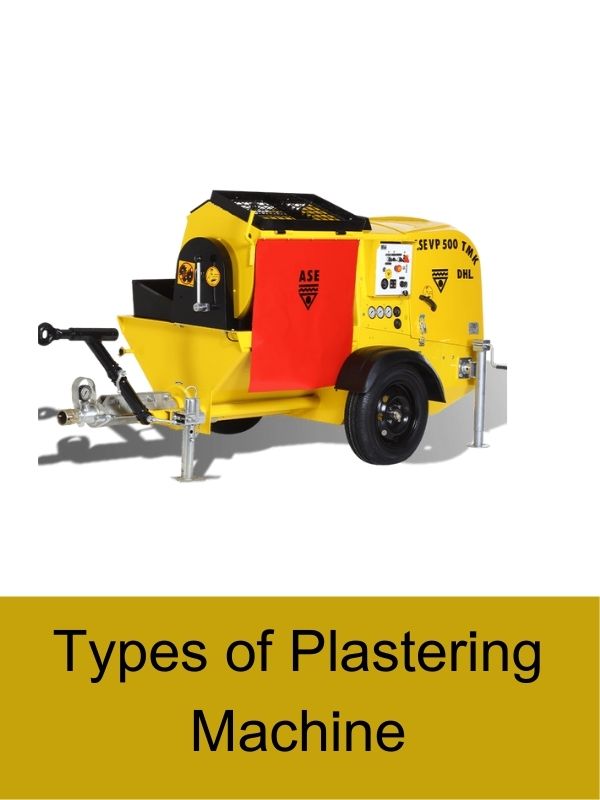 Contact Us
Contact Us
 Contact Us
Contact Us
Plastering works are an important stage in construction and renovation projects. Traditional methods of plastering can be time-consuming and exhausting. Fortunately, with the advancement of technology, plastering machines have gained significant importance in the construction industry. These machines allow you to perform the plastering process quickly and efficiently. In this article, we will provide information about two types of plastering machines: electric plastering machines and hydraulic plastering machines.
Operating Principle Electric plastering machines are machines that work with an electric motor and apply the plaster material evenly onto the surface. These machines fill the plaster material into a specially designed hopper and spray it onto the surface with the power of the motor. The plaster material is applied to the surface through a hose and a specialized nozzle.
Here are some of them:
Allows for fast and efficient plastering. Reduces labor costs and saves time. Creates a more homogeneous and smooth plaster layer. Reduces physical effort for the worker. Portable and easy to use.
These can include:
Dependence on electricity, making them unusable during power outages. May be less efficient for large-scale projects. May provide less flexibility depending on the application area.
Hydraulic Plastering Machine 3.1 Operating Principle Hydraulic plastering machines are machines that apply the plaster material using hydraulic power systems. These machines spray the plaster material onto the surface through a hose and nozzle with the help of hydraulic pumps and cylinders. Hydraulic power is used to apply the plaster precisely and at high pressure.
Here are some of them:
High-pressure spraying provides better adhesion and a smooth plaster layer. Provides high efficiency for large-scale projects. Allows access to large areas with long hoses. Can continue to be used during power outages due to reliance on hydraulic energy. Reduces physical effort for the worker.

These can include:
More complex structure, making them more difficult to use. Less portable compared to electric plastering machines. May require maintenance and repairs.
Comparison of Electric and Hydraulic Plastering Machines Electric and hydraulic plastering machines have different advantages. It is important to consider your needs and the requirements of your project before making a decision. Here are some comparisons:
Electric plastering machines are generally more suitable for small and medium-scale projects, while hydraulic machines are more effective for large projects. Electric plastering machines rely on electricity, while hydraulic machines rely on hydraulic power. Hydraulic machines provide better adhesion due to high-pressure spraying. Electric plastering machines are usually more portable and easier to use.
The choice of plastering machine depends on the scale and requirements of your project. Electric plastering machines may be preferred for small and medium-scale projects, while hydraulic plastering machines can be more efficient for large projects. Additionally, it is important to have a plan in place for the possibility of power outages.